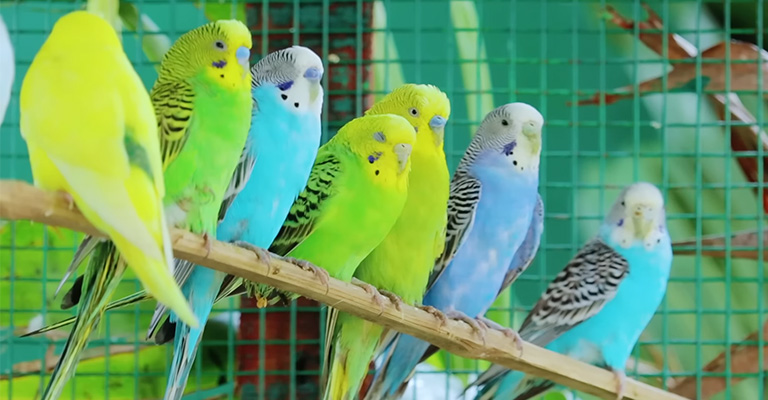The Unexpected Arrival of Parakeets in Eindhoven
In the early 2000s, residents of Eindhoven began noticing a new sound in their neighborhoods: the vibrant chatter of parakeets. These birds, originally native to the warmer climates of South America and Africa, have found a surprising new home in the urban environment of this Dutch city. Their arrival is attributed to a combination of escaped pets and the adaptability of the species to urban settings.
Adapting to the Urban Jungle

Parakeets have thrived in Eindhoven due to the city's abundance of green spaces and mild winters. Parks like Stadswandelpark and Genneper Parken provide ample food sources and nesting sites. The birds have adapted to feed on a variety of urban plant species, including seeds and fruits from non-native trees and shrubs planted throughout the city.

Impact on Local Wildlife and Residents
The presence of parakeets has had a mixed impact on local wildlife. While they add a splash of color and sound to the city, there are concerns about competition with native bird species for resources. However, studies have shown that parakeets primarily occupy ecological niches that are not heavily contested by native birds, thus minimizing direct competition.
For residents, the parakeets have become a part of the city's identity. Their calls, often heard in the early morning and late afternoon, have become a familiar backdrop to daily life. Some locals appreciate the exotic touch they bring, while others are concerned about potential noise pollution.
The Future of Parakeets in Eindhoven
As climate change continues to influence global weather patterns, the parakeet population in Eindhoven may continue to grow. Warmer winters and the city's ongoing commitment to green urban planning could further support their expansion. Researchers are monitoring these trends to better understand the long-term implications for both the parakeets and the local ecosystem.











